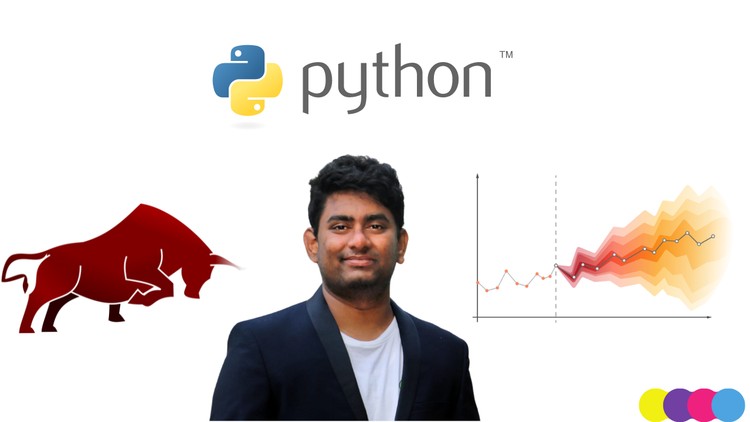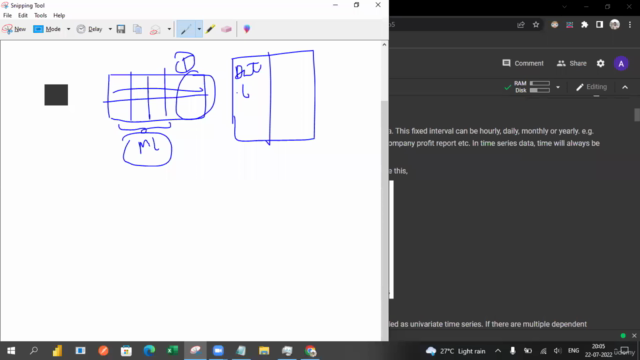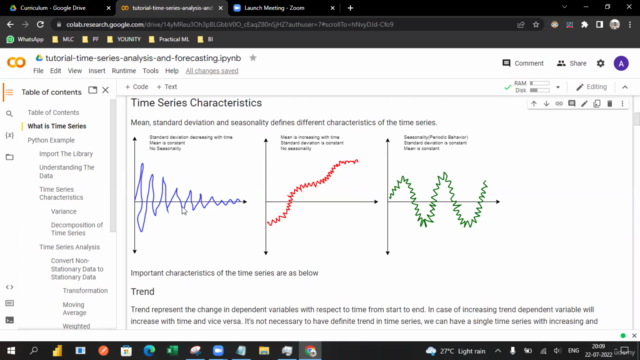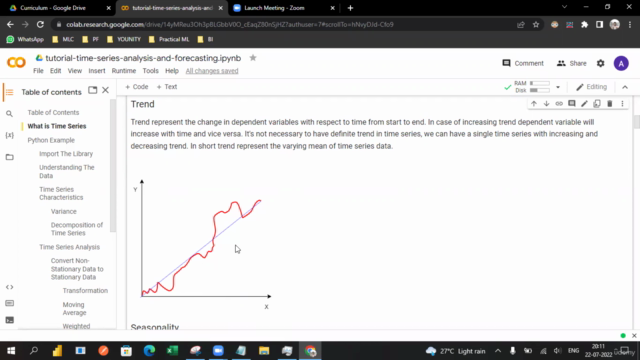Applied Time Series Analysis and Forecasting in Python
Time Series Analysis in Python: Theory, Modeling: AR to SARIMAX, Vector Models, GARCH, Auto ARIMA, Forecasting
4.61 (14 reviews)

6,886
students
8.5 hours
content
Jan 2023
last update
$64.99
regular price
What you will learn
Encounter special types of time series like White Noise and Random Walks.
Learn about accounting for "unexpected shocks" via moving averages.
Start coding in Python and learn how to use it for statistical analysis.
Comprehend the need to normalize data when comparing different time series.
Screenshots




5118670
udemy ID
1/28/2023
course created date
4/4/2023
course indexed date
Bot
course submited by